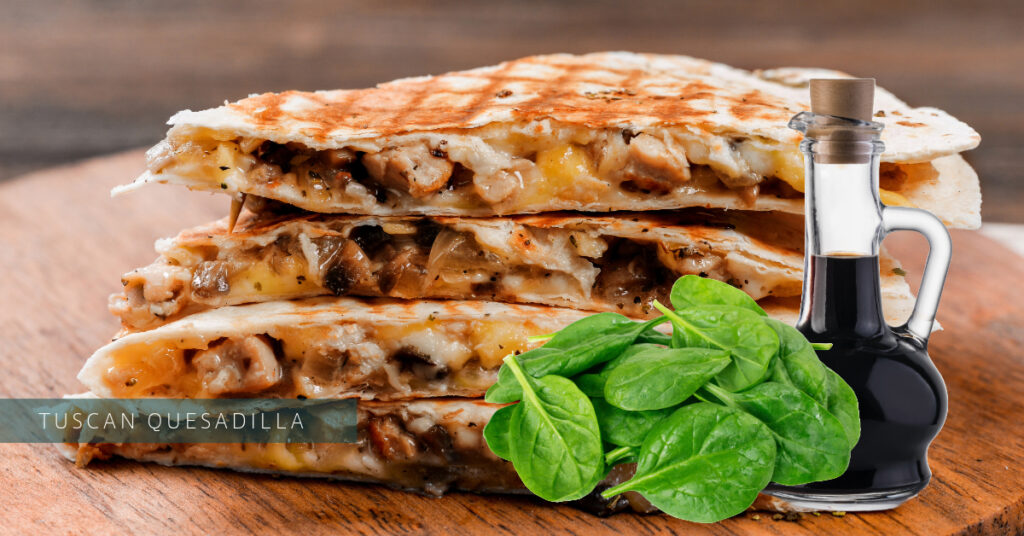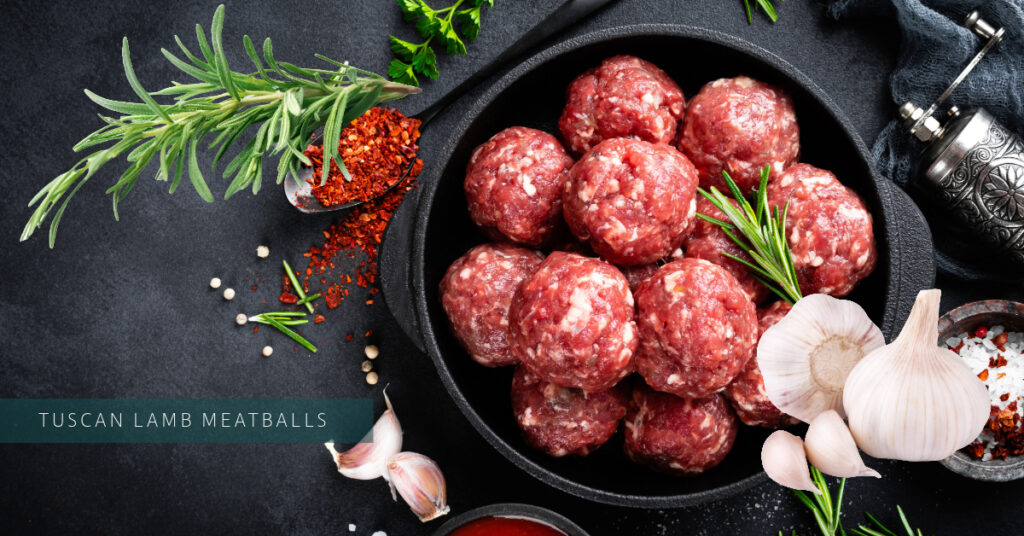
Tuscan Vegetarian and Vegan Delights
Tuscany is a region in central Italy known for its rich history, beautiful landscapes, and delicious cuisine. The region’s cuisine is often associated with meat-based dishes, but there are also many delicious vegetarian and vegan options to be found.
In fact, Tuscan cuisine is rooted in simple, fresh ingredients, and many of the region’s traditional dishes can be easily adapted to a vegetarian or vegan diet. From hearty soups and stews to flavorful pasta dishes and grilled vegetables, there is something for everyone to enjoy.
Panzanella

Panzanella is a classic Tuscan dish that is perfect for a hot summer day. It is made with stale bread, tomatoes, onions, cucumbers, and a basil dressing. To make it vegan, simply omit the cheese.
Ribollita

Ribollita is a hearty Tuscan soup that is made with leftover bread, vegetables, and beans. It is a perfect dish for a cold winter day. To make it vegan, simply use vegetable broth and omit the cheese.
Pasta e Fagioli

Pasta e Fagioli is a classic Italian soup that is made with pasta, beans, and vegetables. It is a hearty and satisfying dish that is perfect for a cold winter day. To make it vegan, simply use vegetable broth and omit the cheese.
Fagioli all’Uccello
Fagioli all’Uccello is a Tuscan dish that is made with white beans, tomatoes, and herbs. It is a simple and flavorful dish that is perfect for a light lunch or a side dish. To make it vegan, simply omit the cheese.
Pappardelle al Ragù di Cinghiale

Pappardelle al Ragù di Cinghiale is a classic Tuscan dish that is made with pappardelle pasta, wild boar ragu, and vegetables. It is a rich and flavorful dish that is perfect for a special occasion. To make it vegan, simply use a vegan ragu and omit the cheese.
Polenta

Polenta is a classic Italian dish that is made with cornmeal and water. It is a versatile dish that can be served as a main course or a side dish. To make it vegan, simply use vegetable broth and omit the cheese.
Pizza Margherita
Pizza Margherita is a classic Italian pizza that is made with tomatoes, mozzarella cheese, and basil. It is a simple and delicious pizza that is perfect for a quick lunch or dinner. To make it vegan, simply use vegan cheese.
Tiramisù

Tiramisù is a classic Italian dessert that is made with ladyfingers, mascarpone cheese, eggs, and coffee. It is a delicious and decadent dessert that is perfect for a special occasion. To make it vegan, simply use vegan mascarpone cheese and vegan ladyfingers.
Panforte
Panforte is a classic Italian Christmas cake that is made with dried fruits, nuts, and spices. It is a delicious and festive cake that is perfect for sharing with friends and family. To make it vegan, simply omit the honey.
Biscotti

Biscotti are classic Italian cookies that are made with flour, sugar, eggs, and almonds. They are a delicious and crunchy cookie that is perfect for dipping in coffee or tea. To make them vegan, simply use vegan eggs and vegan butter.
I hope this blog post has inspired you to try some delicious Tuscan vegetarian and vegan dishes. With a little creativity, you can enjoy all the flavors of Tuscany without eating meat or dairy.
Additional tips for making Tuscan vegetarian and vegan dishes:
- Use fresh, seasonal ingredients.
- Don’t be afraid to experiment with different flavors and ingredients.
- Use plenty of herbs and spices to add flavor to your dishes.
- Serve your dishes with a glass of Tuscan wine.
I hope you enjoy these delicious Tuscan vegetarian and vegan dishes!




















